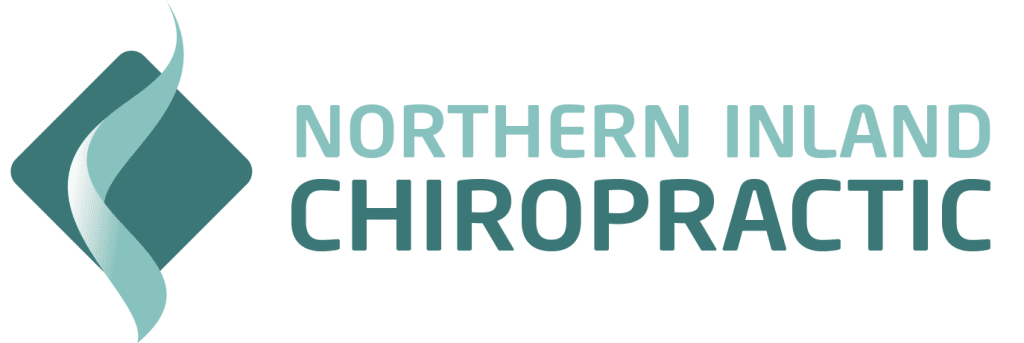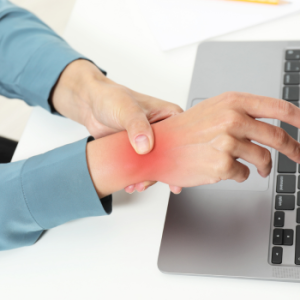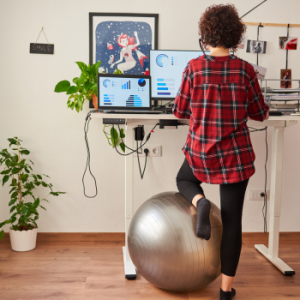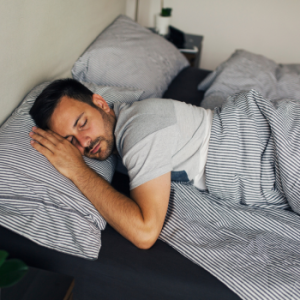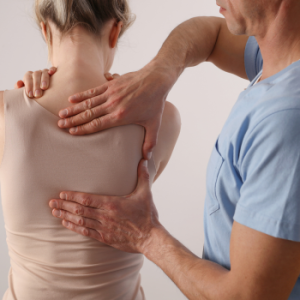When Should I See A Chiropractor? How to Run Your Own Spinal Screening at Home:
- First get the person you are checking to march on the spot for a few paces and come to a comfortable relaxed stop.
- Next observe posture from the back. Are the feet flat and rolling in? Knock kneed? Do the hips look level? What about the shoulder height? Are the hands and arms overly rotated inward?
- Now observe from the side. Is the head noticeably protruding forward past the shoulder line? Can you see a hump at the base of the neck (Tech Neck), Are the shoulders rolling forward?
- Now come back to the back of the patient. Place your thumbs on the boney part of their pelvic bone at the belt line (The P.S.I.S). Visually look to see if they are in relative alignment. Now move up to the top of their hip bones and place your hands on them. Are they aligned?
- Now ask your patient to bend forward with straight legs as far as comfortable. Does their spine remain straight, or do you notice one shoulder blade higher than the other? If you notice this torsion in the trunk, you have identified a scoliosis, and this should be investigated further by a Chiropractor.
- Now have your patient straighten up. Run your thumbs down the inner border of their shoulder blades and let your thumb rest at the bottom edge of the shoulder blade. Are your thumbs in alignment?
- Now place your hands on their shoulders and again check for alignment.
- Final place to check is the skull. Rest your thumbs on the bony tubercle at the back of the skull just next to your ears and again check if your thumbs are aligned.
- If you are finding numerous levels of spinal asymmetry, we recommend you follow up with a consultation to have your spine checked as soon as possible. In general, the more spinal asymmetries you find, the higher the incidence of asymmetrical loading occurring in the spinal joints. This causes changes in movement patterns, postural overload, pain and possible early osteoarthritic changes if left unchecked for long periods of time. Chiropractors are University trained spinal specialists and deal with these types of postural problems every day.
Help is just a phone call away and we would love the opportunity to be of service.
